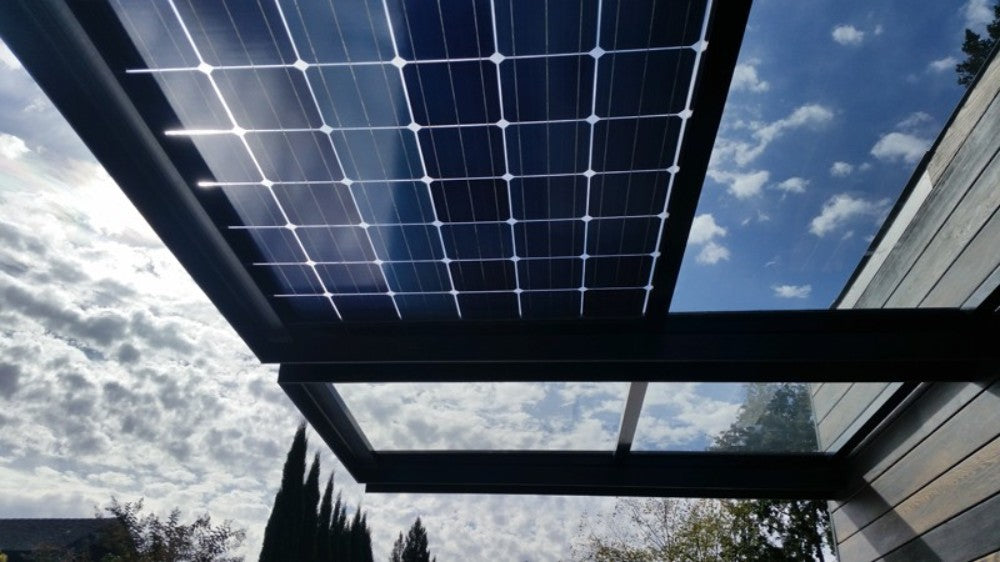
3 pro tricks to maximize the production of your bi-facial solar panel
Bifacial solar panels, like the ones we use for our Robinsun Performance 800 plug & play solar kit, can produce up to 30% more energy than conventional panels. But that “up to” is the tricky part of this statement, since there are several factors that impact how much more a bifacial solar panel can produce. Based on experiences of various large scale bifacial panel deployments around the world, we recommend 3 pro tricks to maximize your bifacial solar panel’s production and save big on your power bill.
Reflection
The basic concept of a bifacial solar panel is that, having a glass surface on both sides of the panel, the solar cells produce when they receive irradiation from both sides, also from the back. But how does a solar panel that is fixed in one place receive radiation on its back? It’s simple: either because in some parts of the day the sun shines from the other side, or through reflection. The former can be the case if you mount your solar panel for example facing east. In the morning the sun hits the front. But in the afternoon it will likely hit the back of the panel. Reflexion is the more likely case. If you mount the panel in a way that sunshine can reflect on a surface behind the panel, this indirect sunshine on the back of the panel generates more production. A white wall behind the panel is a good example. We’ve seen users testing a reflective background versus a normal one (see image), and measuring production increases.

Some customers reached out asking if they could mount a mirror behind the panel. We are not fans of this solution, as a mirror might burn the panel or generate excess heat. But there are plenty of examples of reflective surfaces behind or under a bifacial panel that have proven to increase production.

Spacing
A difference you can see in the two images above, the reflective surfaces are at different distances from the panel. In the first picture they’re right behind it, in the second one at 1-2 m distance. The bigger the distance, or the empty space between a bifacial solar panel and the reflective background, the higher the extra production will be.
Also, when you have multiple panels installed, it’s recommendable to leave space between them, to increase indirect irradiation on each of them.

Obstacles
To produce well, a solar panel needs unhindered irradiation, without shades. For a bifacial panel, this is true for both sides of the panel. Also on the back side, you should take care to have as few obstacles in the way as possible. The obvious obstacles are the panels’ cables that connect it to the micro inverter, as well as the mount of the panel. Try to channel the cables over the spaces between the solar cells, to avoid generating shade. And as for the mount, the more you fix it to the extremes of the solar panel, the less shade they should create to the rear of the solar panel.
Conclusions
Learning from the pros, that install at utility scale, on how to maximize the performance of your bifacial solar panel on a plug & play solar kit is easy. As the panels are the same, the solutions are also the same. Try to position your panels at home in a place where they stand away from a flat surface like a wall or floor, give them an angle (for example with a 20 degree mount or a 60 degree mount), try to have a reflecting background (like a white wall) and avoid shadows on the back as much as possible. With good sunshine on your kit, you might generate up to 30% more power with your kit using bifacial solar panels. This way, our Robinsun Performance 800, with 840 Wp from 2 bifacial panels, can produce up to an extra 252 Wp, reaching almost 1.100 Wp. As these are theoretical peak production values as we explained in a recent post, and your micro inverter can handle up to 20% more input than its output power, you will always be safely within the 800 W threshold to qualify for a plug & play kit, that doesn’t require an installer or electrician, but can be installed by yourself quickly and easily.
Pics & data courtesy of Couillard, CSO.ie, Renewable Energy World.
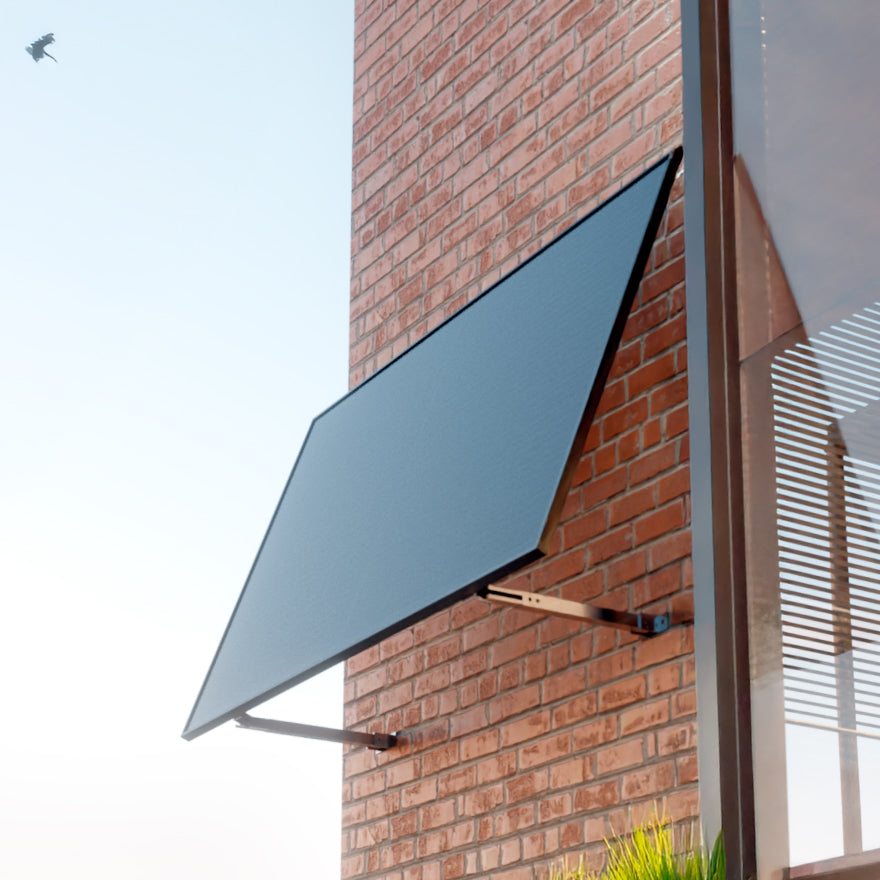
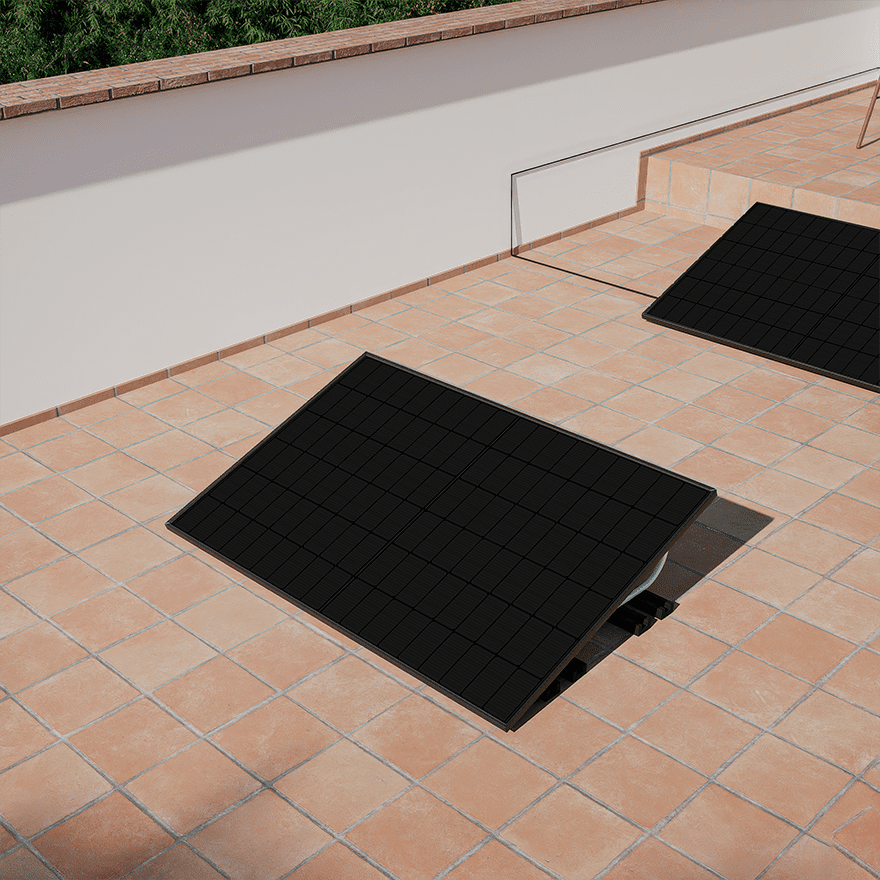
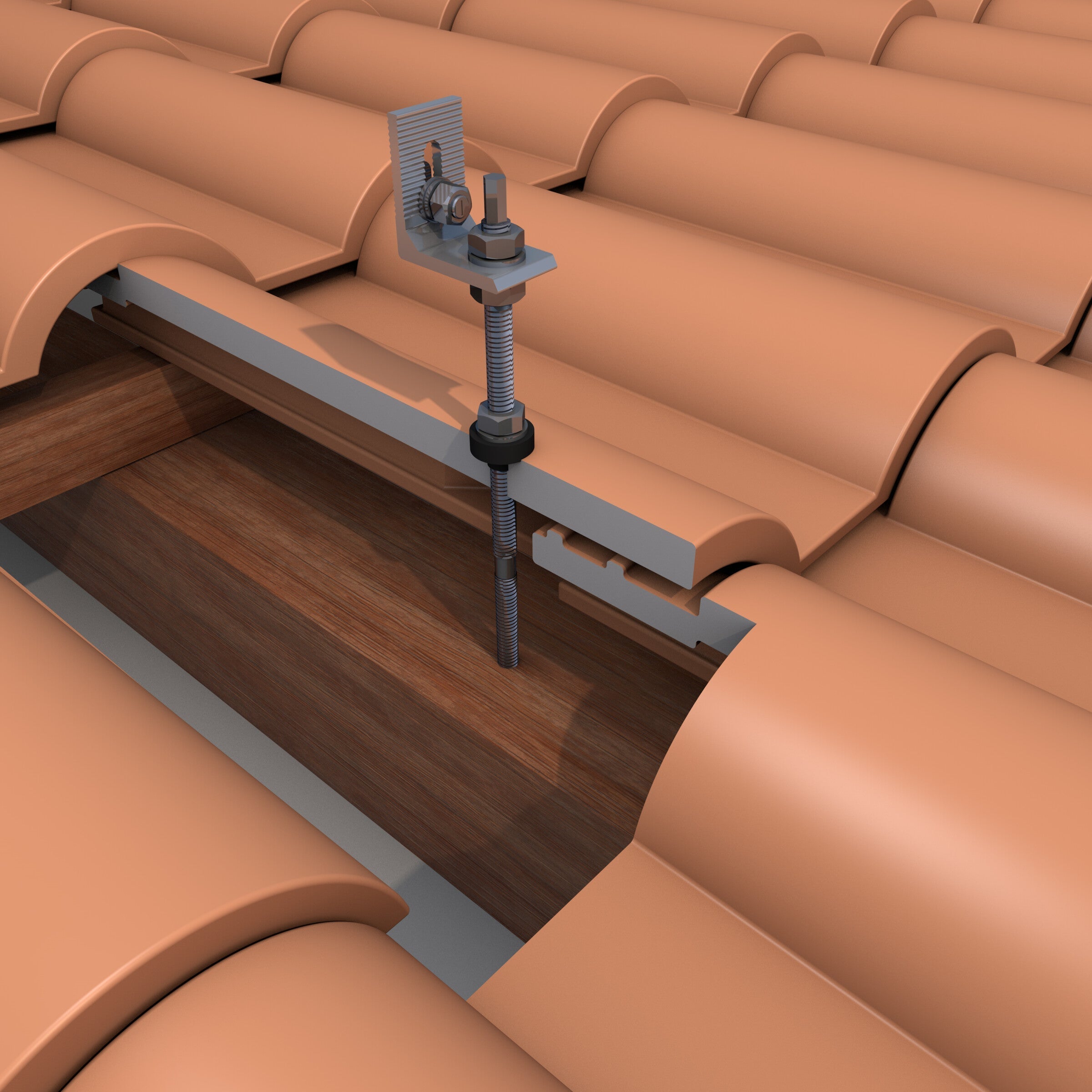
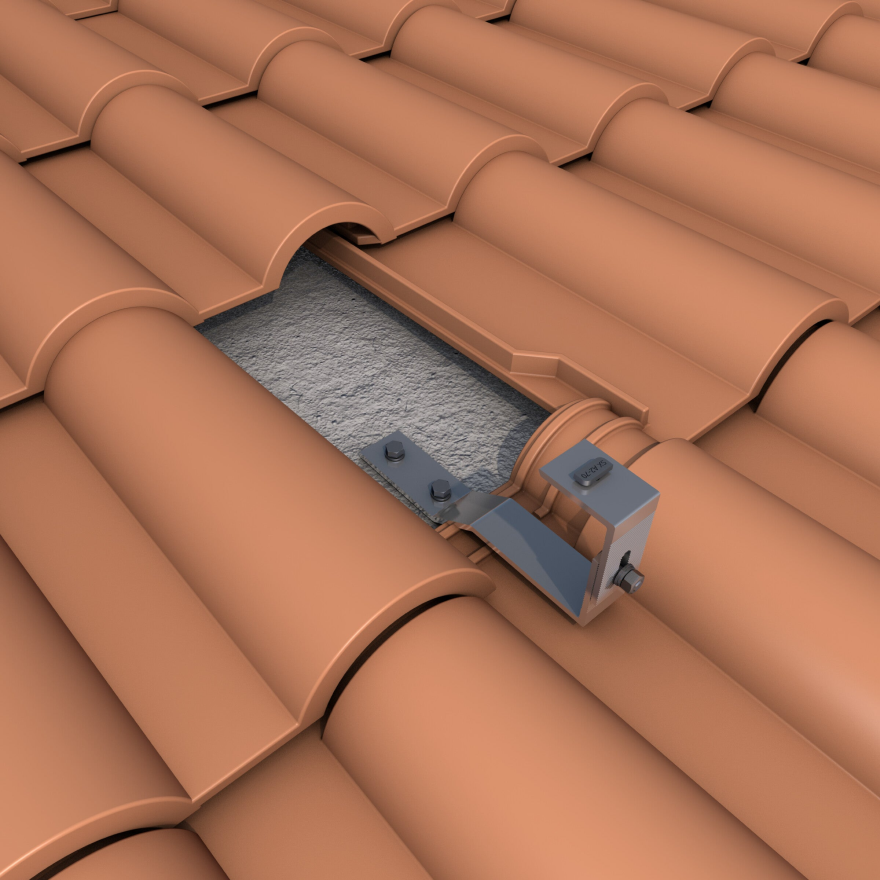
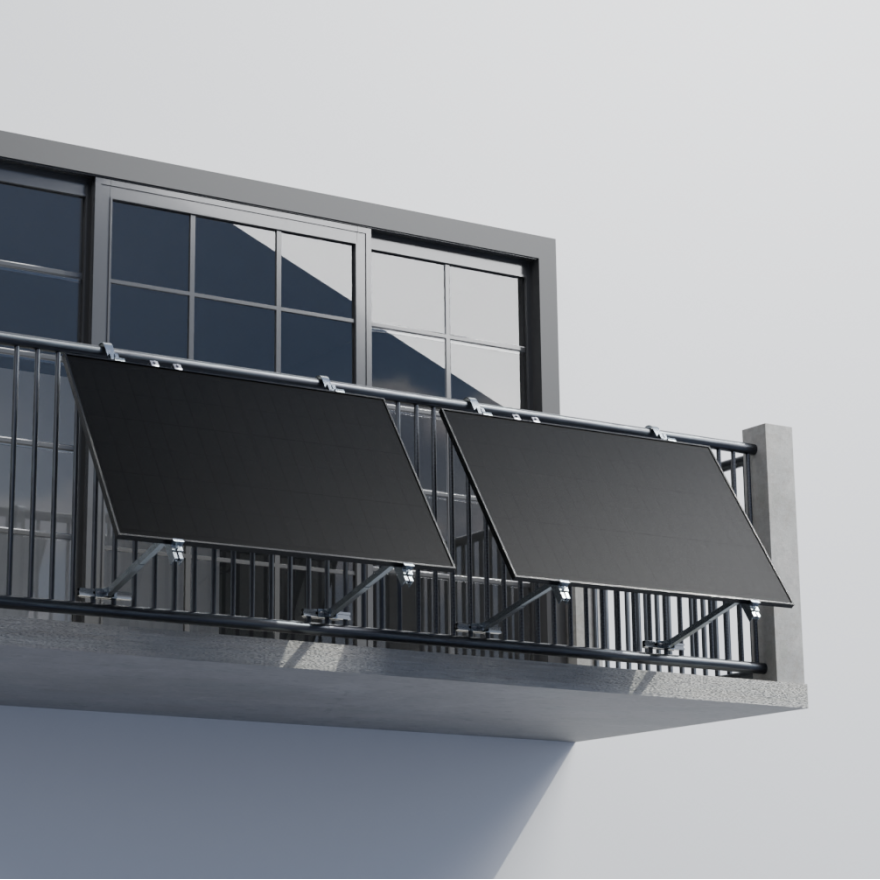
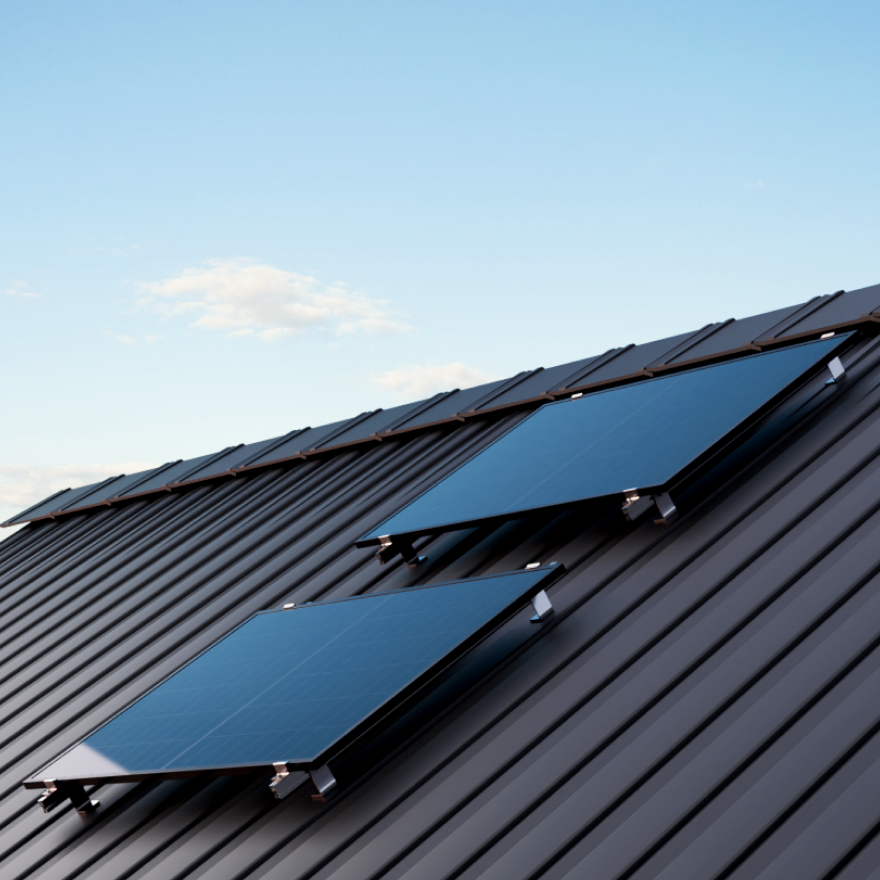
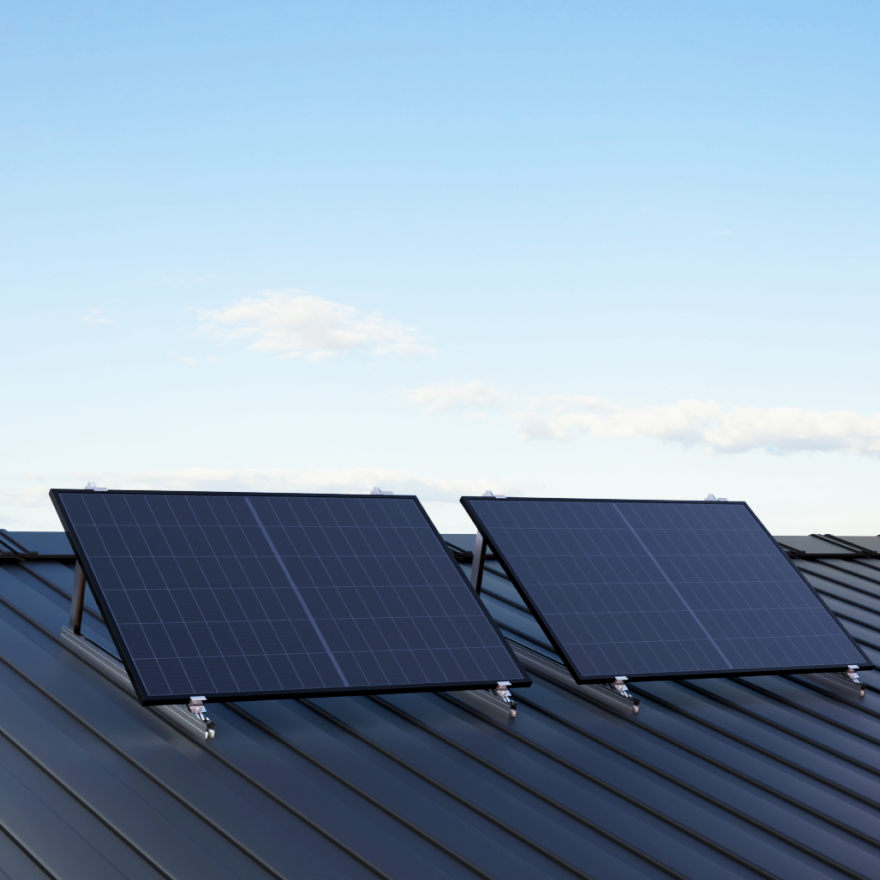
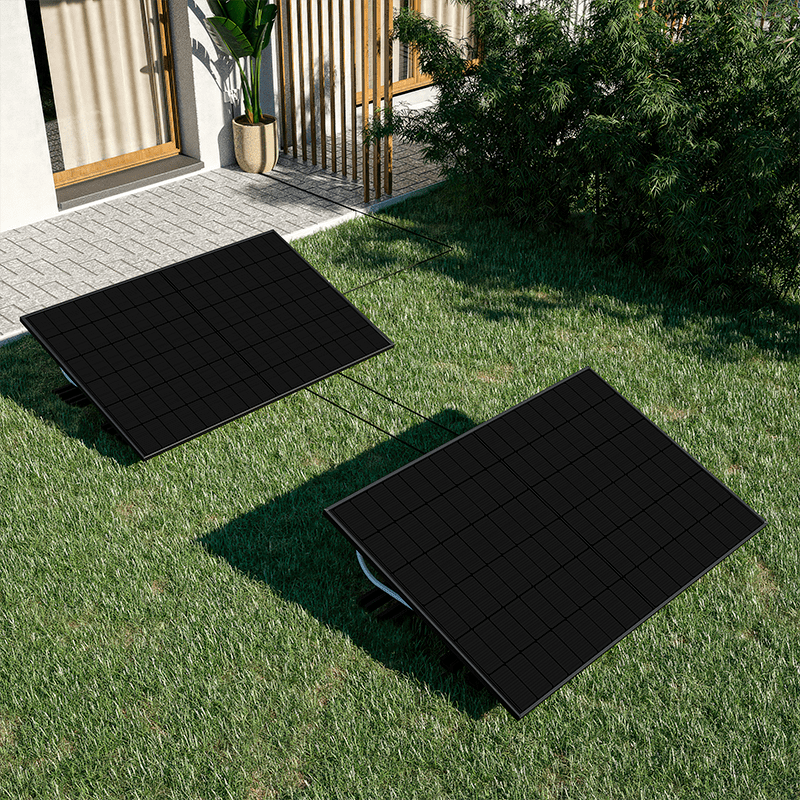
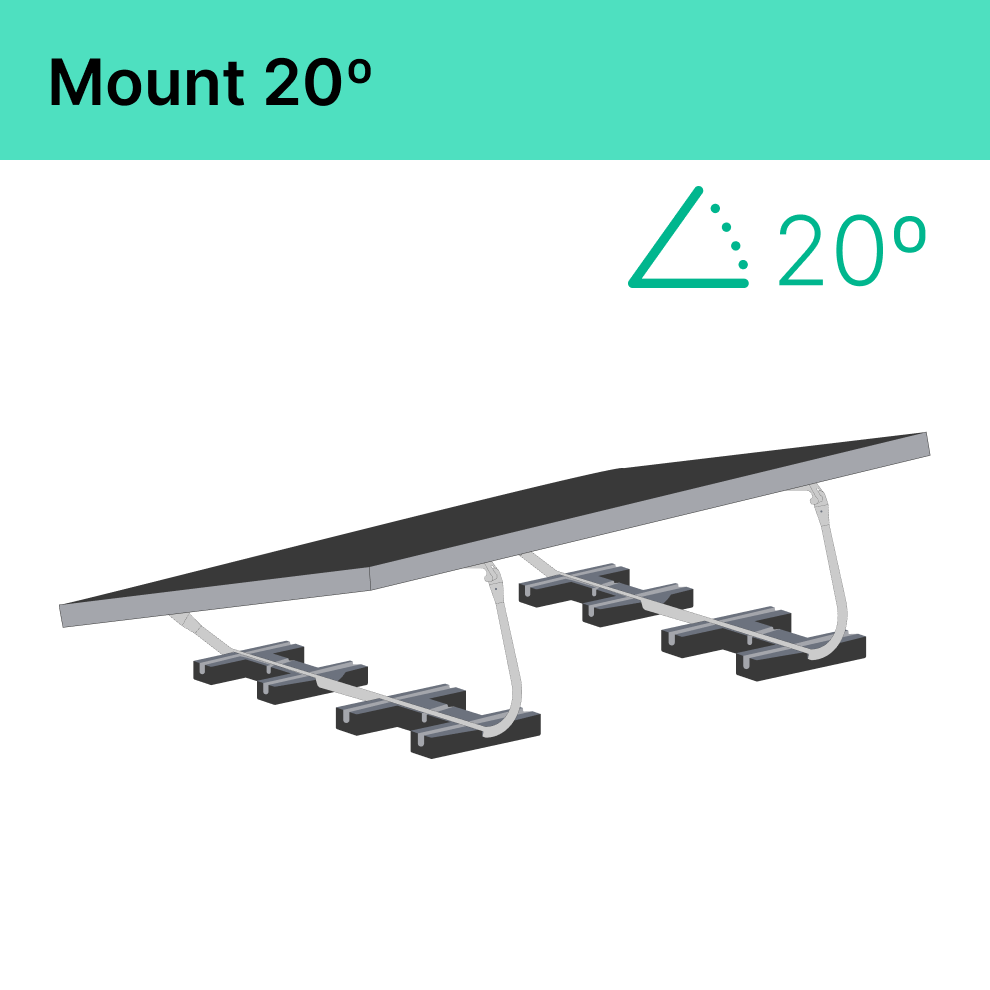
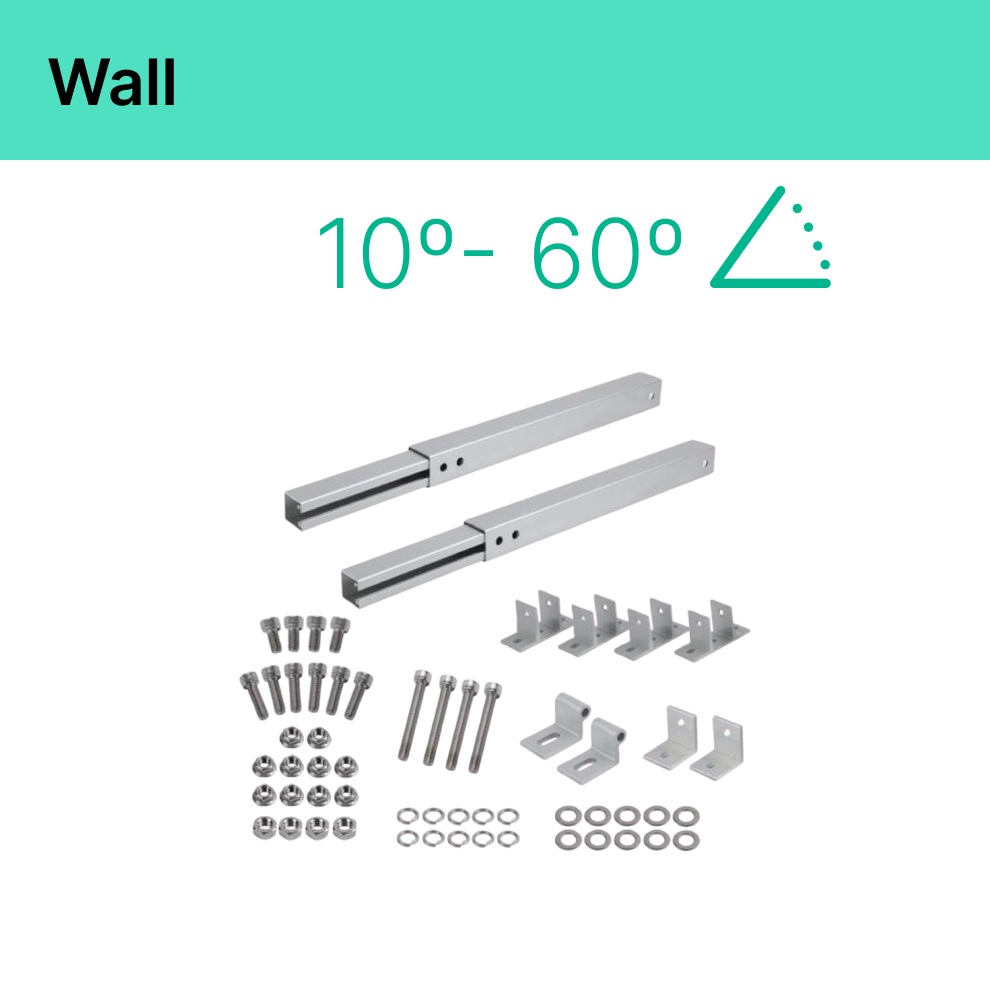
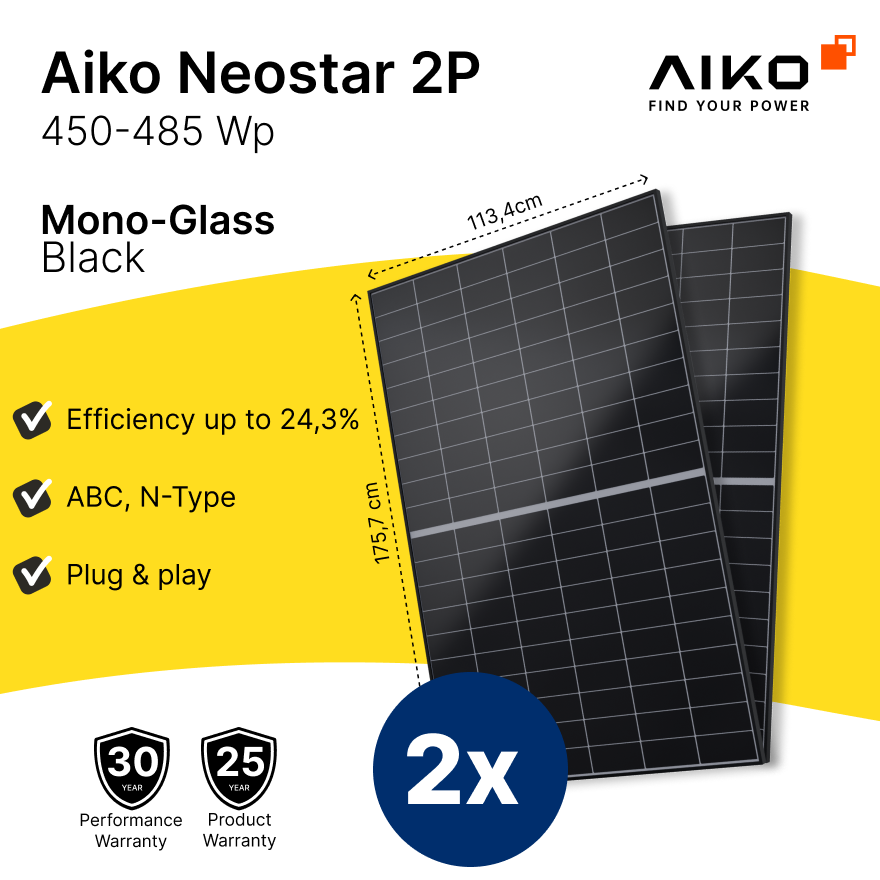
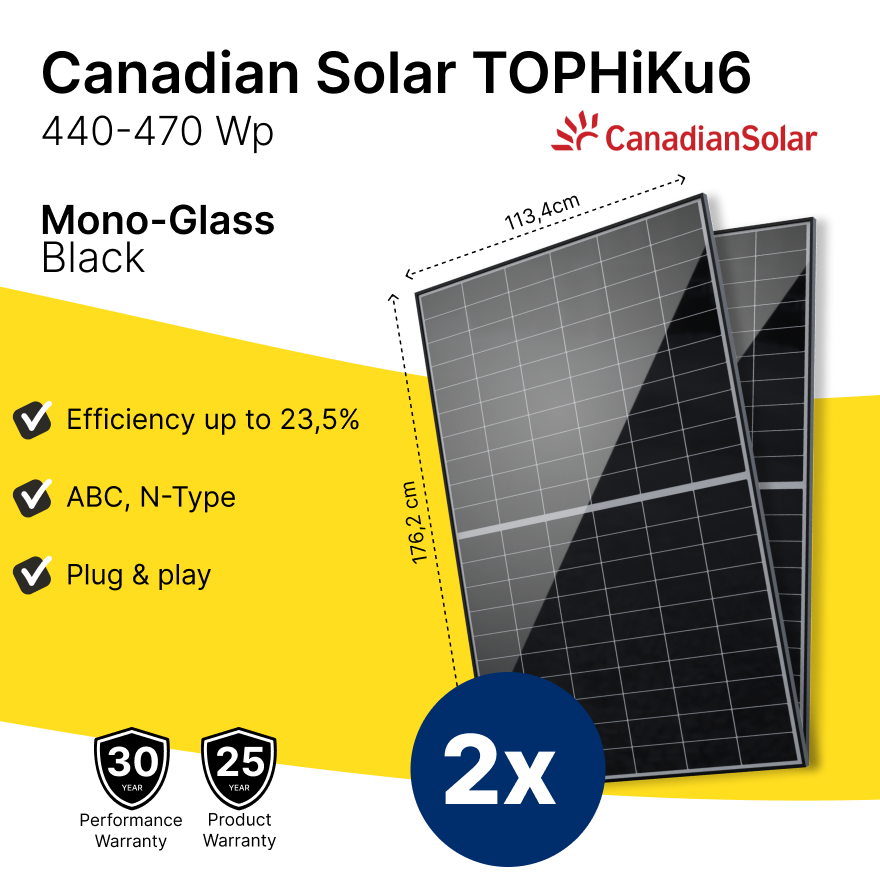
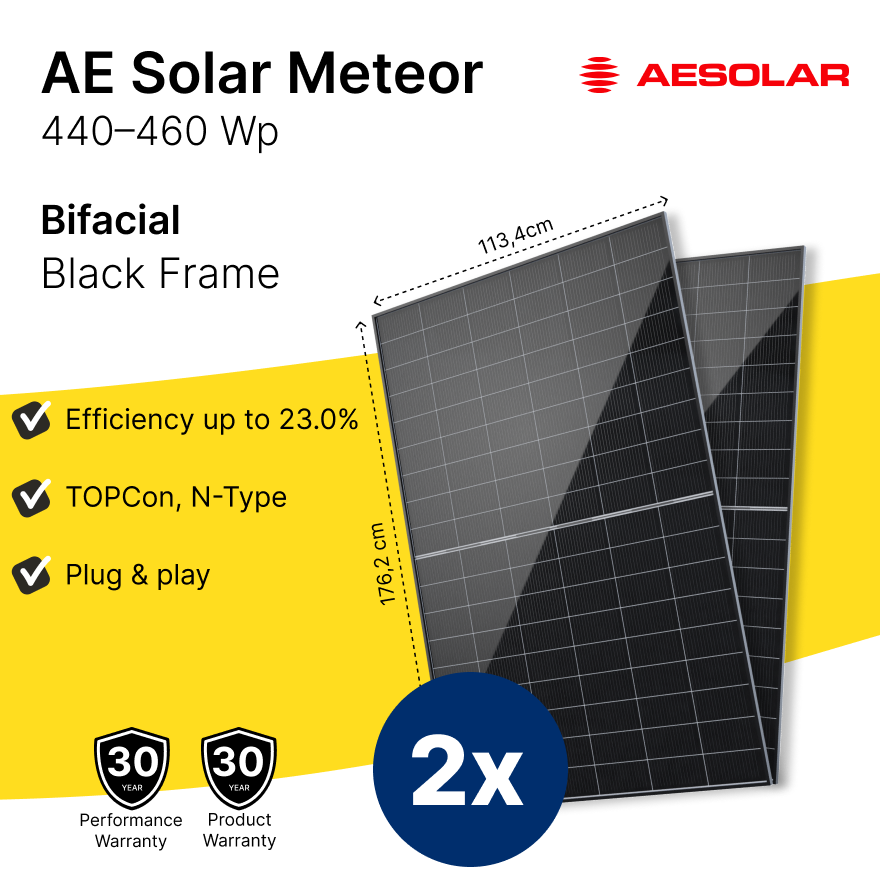
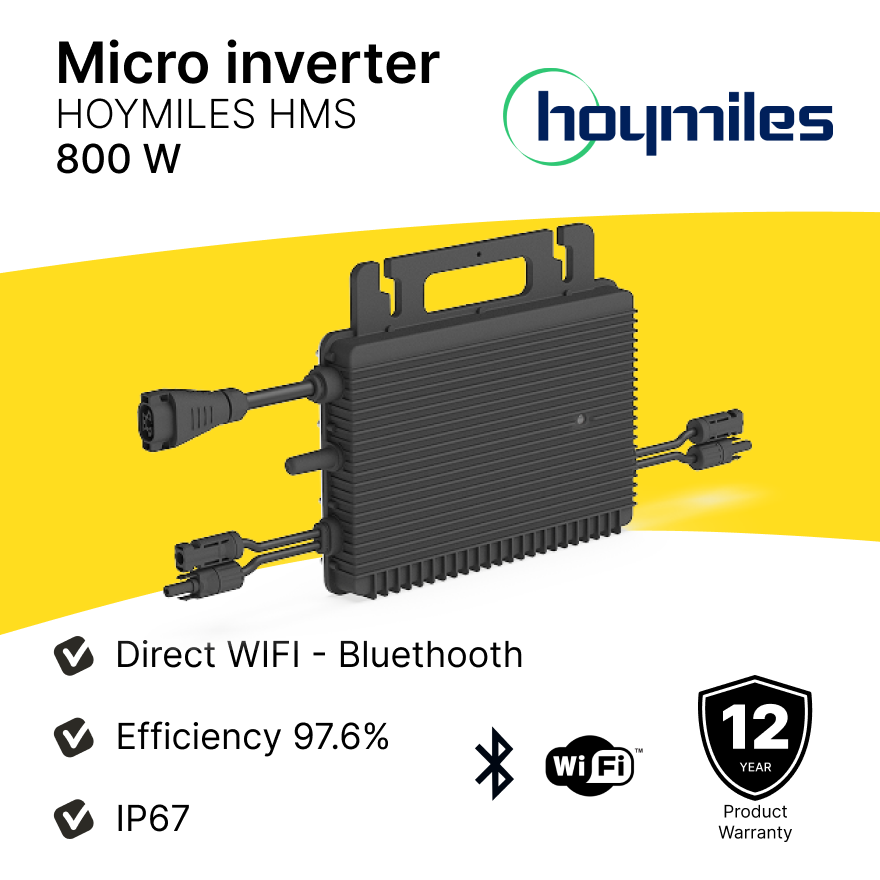

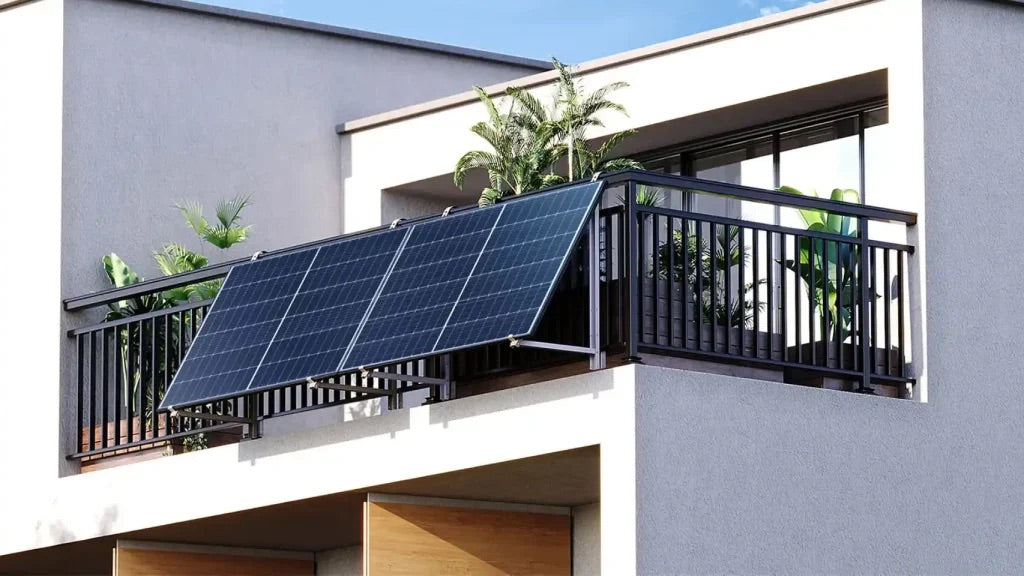
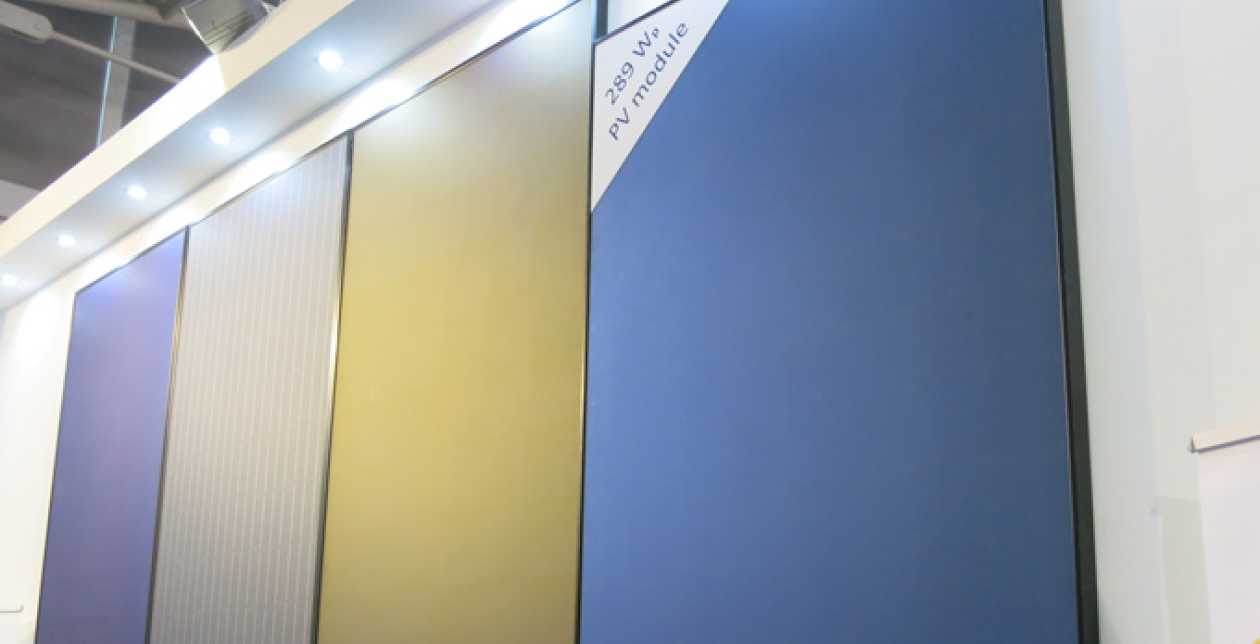
3 commentaires
En los paneles bifaciales teniendo en cuenta la influencia negativa de los cables, las dos caras tienen la misma capacidad de absorción de luz o hay una principal y otra secundaria?
Y en una instalación de dos paneles 800w . Pueden estar cada uno en una orientación diferente? No influye esto en la eficiencia de cada uno de los paneles en el conjunto de la instalación?
Ejemplo. En algún momento del día uno recibir sol pleno y el otro mas de lado, y cada uno rinde diferente.
Francisco Calza Jordan
Hola Maria Belén,
si, los paneles son totalmente negros, llamados “full black”. El marco es negro, las celdas también. El panel es bifacial, es decir tiene capa de vidrio por ambos lados y produce por ambos lados. Los espacios entre las celdas son transparentes.
Anonymous
Los paneles son totalmente negros? Además, información.
María Belén Moyano Medina
Laisser un commentaire
Ce site est protégé par hCaptcha, et la Politique de confidentialité et les Conditions de service de hCaptcha s’appliquent.